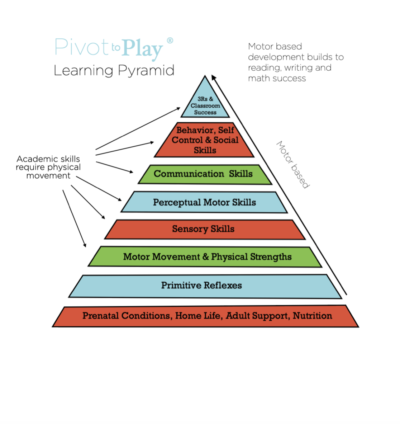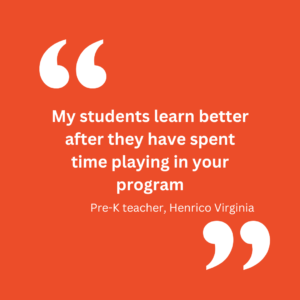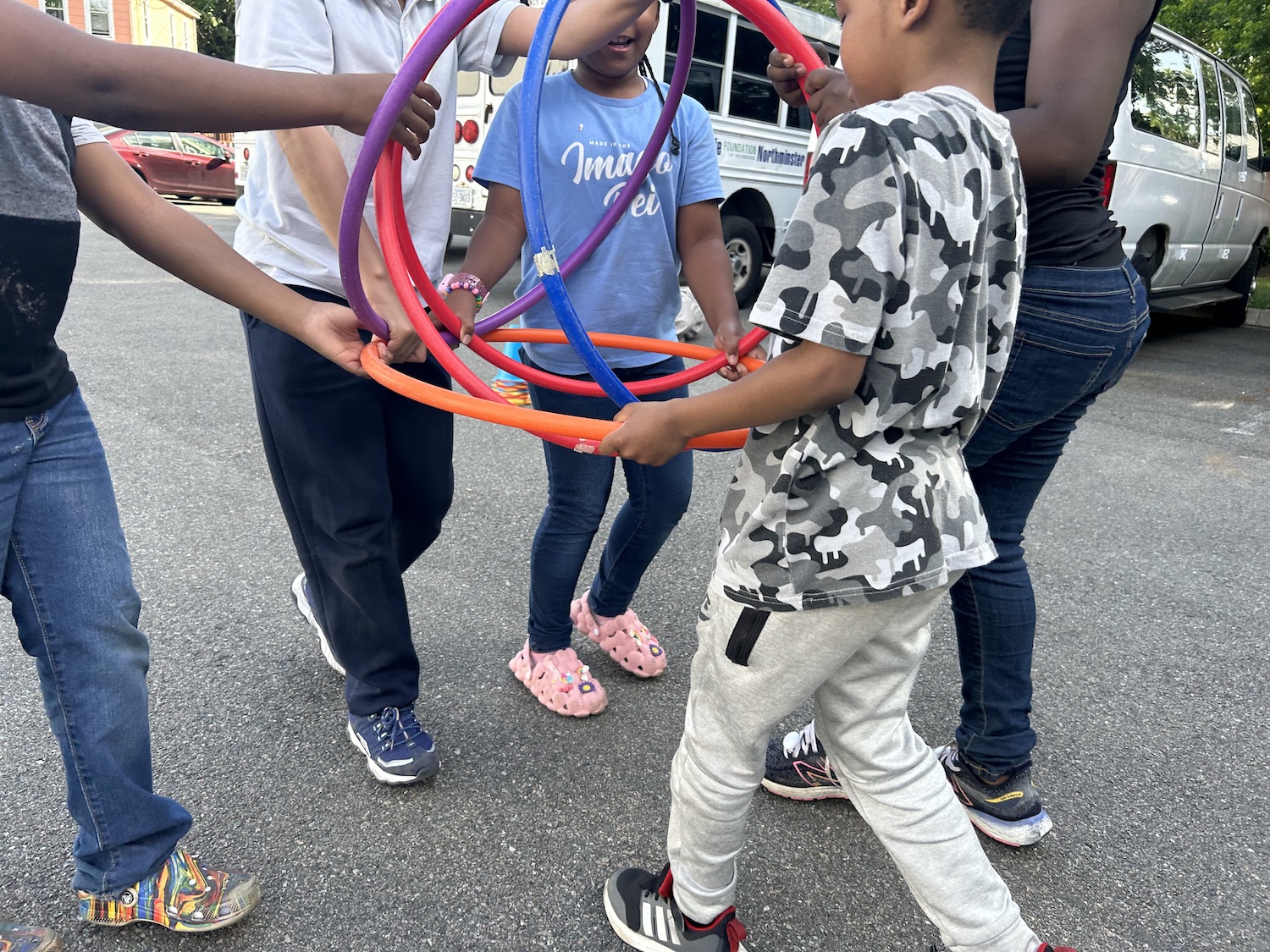I am a former athlete. I am currently a fitness instructor. I have tried Zumba and Hip Hop, but my hips and shoulders do not go in opposite directions. I am not a “dancer.” But I love to move and get sweaty. When there is an added skill challenge, I am game. When there is a group involved, I am all in. Sounds a bit like big body physical play doesn’t it?
I also know, if I don’t move, if I don’t get sweaty, if I don’t do something physically hard, I am not a nice person to be around. I get antsy and frankly a little grumpy.
In other words, I need to work in the middle layers of the Pivot to Play® Learning Pyramid in order to behave and perform, to sit still and do my job.
and perform, to sit still and do my job.
This is exactly what happens to kids. As humans, we are designed to move our bodies and when we don’t, anxiety and depression increase, focus and attention decline and general health goes south.
So the Pivot to Play curriculum is designed to help kids love to move with
- Big, silly, fast-paced aerobic games like tag that children innately love and crave. Trust me, they never start crying or demand to quit when a tag game starts. It is a community, social and shared experience where they will build their aerobic endurance. By so doing, they are also turning on executive function, including self-regulation, self-control, and behavior, and preparing for an improved classroom experience.
- Skill-based games that improve eye-hand coordination, body, spatial, directional, and temporal awareness. These games incorporate other skills like crossing the midline, bilateral movement, balancing, and/or motor planning.
- Teamwork games that reinforce social and group skills.
- Cognitive games to incorporate problem-solving with physical activity so children have to practice critical and creative thinking.
How do these lesson plans progress? From the first moments in each lesson, we set kids up to transition from sitting to moving with high-energy fast-paced games. We then move into skill-based games and/or teamwork games that peak the activity level. Finally, we bring the energy down with games to transition back to the classroom.
As we continue to meet, this format means the kids expect to and are ready to go hard out of the gate, then move through the class progression. As our time together continues, we level up games and challenges as their strengths and skills improve. And as this repeats, their confidence in what their bodies can do and how they can use them improves too.
 But it doesn’t stop there. Teachers are reporting calmer children who are ready to learn when they return to the classroom. This means students who are more prepared to attend and learn. In other words, fewer challenges in classroom management and more forward progress.
But it doesn’t stop there. Teachers are reporting calmer children who are ready to learn when they return to the classroom. This means students who are more prepared to attend and learn. In other words, fewer challenges in classroom management and more forward progress.
All in all, this format equates to confidence in and out of the classroom.
Keep in mind our goal is to get kids moving, without focusing on sport. Like it or not, sport tends to change the play to a more competitive format and while we do believe there are important places for healthy competition, in a world where kids don’t move enough, building fundamental skills in a play-based format helps them gain confidence where competition can do the opposite.
Though we expect respect, focus, and sportsmanlike conduct, we also lean into fun and frequently get silly to break level the playing field and encourage participation from even the most reticent of kids. This format lends itself to more activity in which kids are interested and ultimately invested.
Let’s get out of the way and let kids play.

